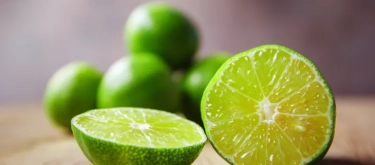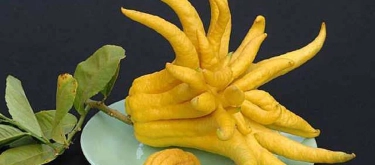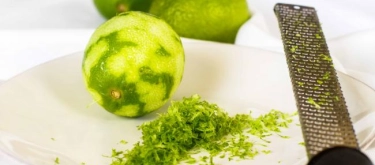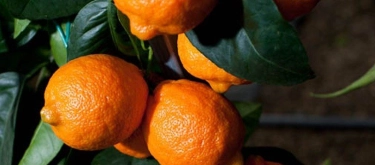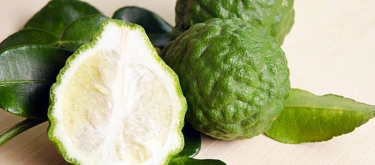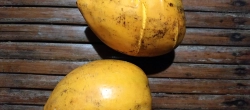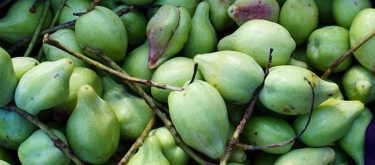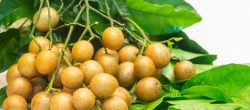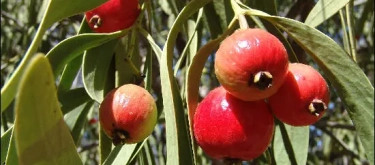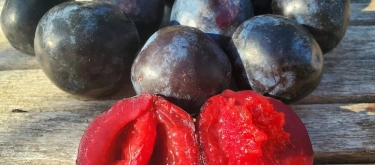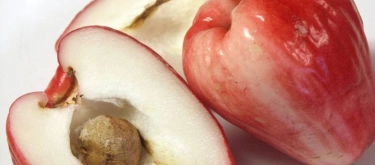Finger Lime: Taste Profile, Aroma, Benefits and Health Risks
Finger Lime (also known as Australian Finger Lime, Citrus australasica) originates from the subtropical rainforests of Australia. This exotic citrus fruit has become renowned globally for its unique "caviar-like" texture and refreshing taste, making it a favorite among chefs and gourmet food enthusiasts.
Generally safe, but may trigger citrus allergies.
What does Finger Lime taste like?
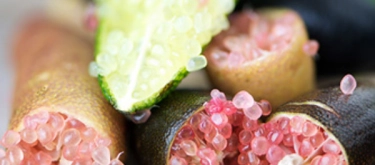
Complete Sensory Description:
-
Taste: Finger lime has a distinctly fresh, vibrant, citrusy taste that balances bright acidity and mild sweetness. The flavor profile can vary slightly depending on ripeness, ranging from tart and sharp in less ripe fruits to sweeter and more rounded in fully ripe ones.
-
Aroma: The fruit emits a fresh, zesty citrus aroma with subtle floral and herbal undertones, creating an uplifting sensory experience.
-
Texture: The defining feature of finger lime is its unique texture—tiny, caviar-like pearls filled with juice, providing a delightful pop and burst of flavor in the mouth.
-
Appearance: Finger lime is slender and elongated, resembling a finger. Its thin, leathery skin ranges in color from vivid green to deep reddish-brown or purple. Inside, the translucent, pearl-like vesicles vary from pale yellow-green to vivid pink or red.
In-depth Flavor Analysis:
The distinctive taste of finger lime is primarily driven by its high concentration of citric and malic acids, balanced delicately by fructose sweetness. The presence of essential oils such as limonene in the peel provides an intense citrus aroma and flavor. Terpenes and flavonoids contribute nuanced floral and grassy notes. Flavor nuances can vary considerably based on ripeness and how the fruit is consumed. Fresh, unripe finger limes are notably more acidic, ideal for adding bright notes to savory dishes. Mature finger limes offer sweeter, milder citrus notes, making them more suitable for desserts or cocktail garnishes.
Varieties and Culinary Applications:
Several popular varieties include Green Crystal, Pink Ice, Red Champagne, and Emerald. Each variety has distinct flavor subtleties and appearance, influencing culinary applications. Finger limes are predominantly used fresh as garnishes or toppings, enhancing seafood dishes, sushi, salads, and desserts. They are particularly favored in beverages and cocktails due to their texture and acidity.
Selection and Storage:
Select finger limes that feel firm and exhibit vivid coloration without blemishes or discoloration. Fresh fruits can be stored in the refrigerator in airtight containers for up to two weeks. Avoid freezing, as this damages the delicate juice vesicles and alters the fruit's desirable texture.
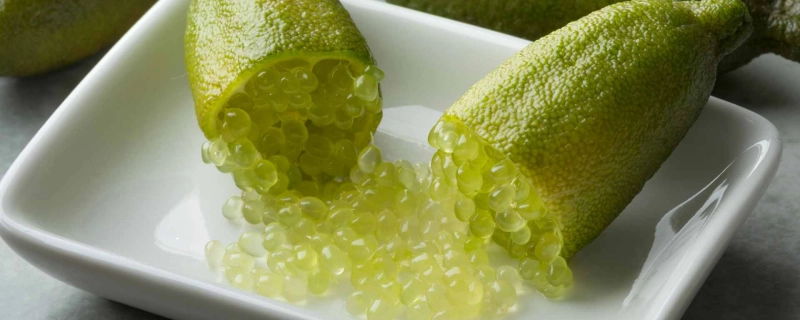
Expert Insights & Culinary Tips:
Professional chefs emphasize using finger lime sparingly to appreciate its unique flavor and texture fully. It's recommended to add the pearls just before serving dishes to preserve their texture and freshness. Pair finger lime with delicate, subtly flavored ingredients to ensure it complements rather than overwhelms the dish.
Interesting and Curious Facts:
-
Traditionally used by Indigenous Australians not only as food but also medicinally.
-
Often nicknamed "citrus caviar" because of its visually appealing, caviar-like pulp.
-
Recently gained significant international attention, becoming a sought-after ingredient in high-end cuisine.
Harm and Dietary Considerations:
Due to its high acidity, excessive consumption may lead to gastrointestinal issues like heartburn or acid reflux. Individuals allergic to citrus should avoid finger limes. Moderate consumption is advised for pregnant women due to the fruit's acidity.
Nutritional Insights:
Finger lime is exceptionally rich in vitamin C, antioxidants, and dietary fiber. Regular consumption supports immune function, promotes healthy digestion, and helps fight oxidative stress. The fruit’s high antioxidant content can enhance skin health, potentially reducing signs of aging.
Religious Dietary Considerations:
Finger lime is generally acceptable in all religious dietary practices and has no known religious restrictions.
Final Thoughts & Sensory Journey:
Finger lime provides an extraordinary culinary experience, merging texture, vibrant citrus flavors, and aesthetic appeal. Its growing popularity underscores a broader global appreciation of unique, indigenous fruits.
Resources:
-
"Australian Native Food Plants" by Tim Low (2002).
-
"The Chemistry and Biology of Citrus Fruits" by Zeki Berk (2016).
-
"Bushfood: A Culinary Journey Through Australian Native Foods" by Jennifer Isaacs (2017).
